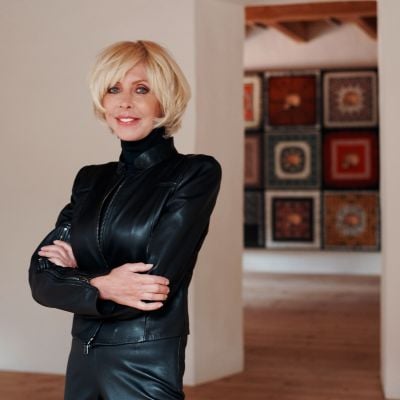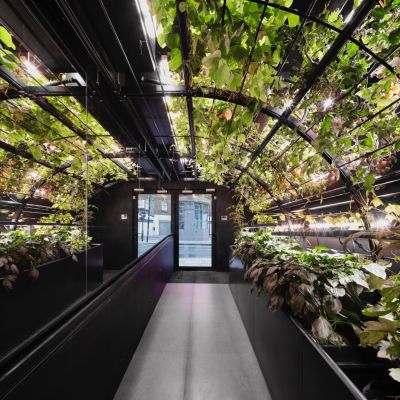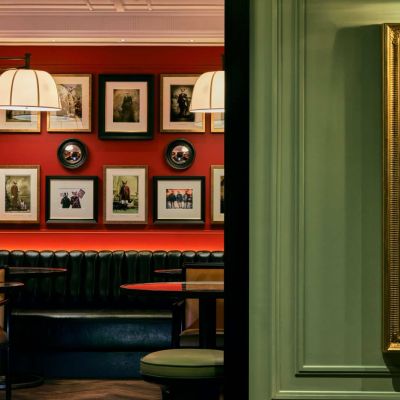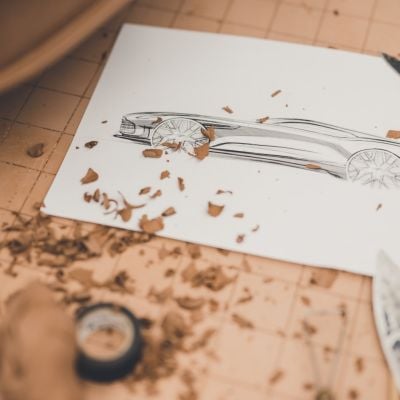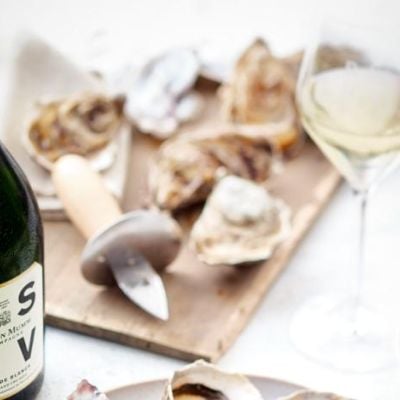At Home With Architect Steve Leung
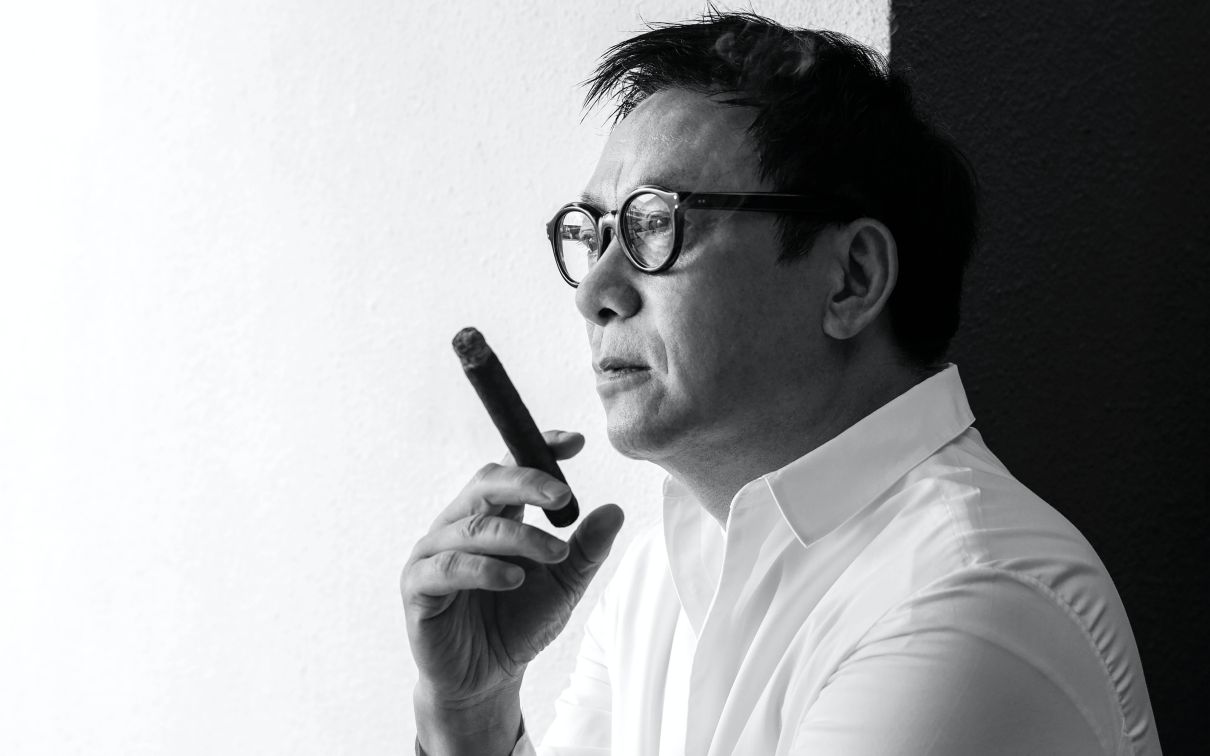
The Hong Kong starchitect describes his own interiors at home, his favourite hotel, and how design may adapt through COVID-19.
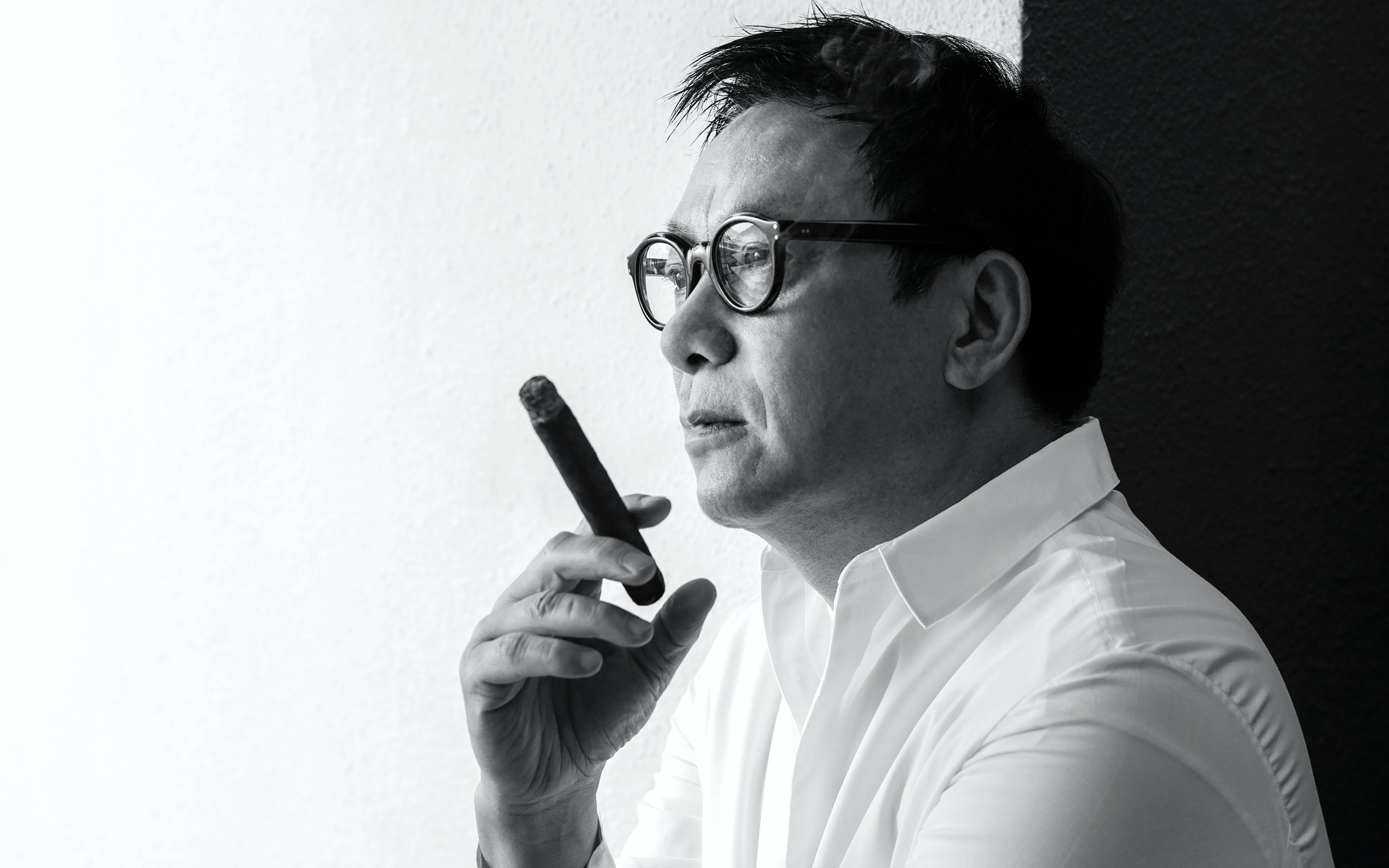
How is your own home designed?
Home is a place that allows me to be closer to nature: since the earliest days of my childhood, I have always adored the sea, choosing to live in proximity of the ocean whenever possible. As a nature lover, I designed my 3-storey house to seamlessly blend its interior with the lush surroundings. Dark walnut wood sets the prevailing colour palette, pairing with earth-tone furniture to create a neat and minimalist living space. The low ceiling of the living room is painted dark brown to create cosiness. Generous floor-to-ceiling doors in the living area can be opened fully, allowing the verdant scenery, the sunlight and the sea breeze to flow through.
Art is an important element in my house. To name a few favourites, the Kusama Yayoi 'Yellow Pumpkin' print on the staircase exudes cheerfulness; while the Ju Ming sculpture at the pool gives a sense of poetry within the garden greenery.
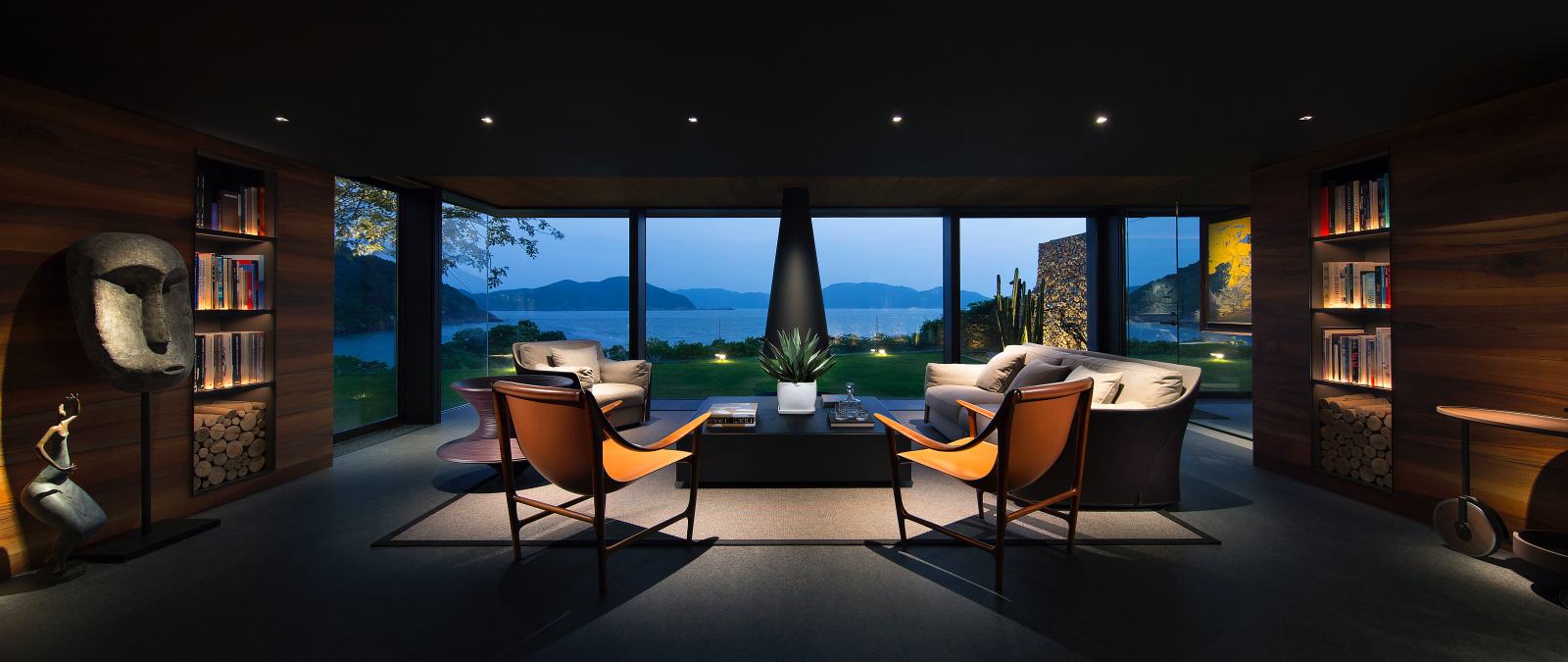
What is the favourite part of your home and why?
My own room is where I go to relax after a hectic day. Integrating the theme of nature and minimalism into this space, I tried to create a modern, neat, soothing environment with a feeling of closeness to nature. Full-length windows give a calming panoramic view of the sea pared with minimalist furniture in natural materials and shades.
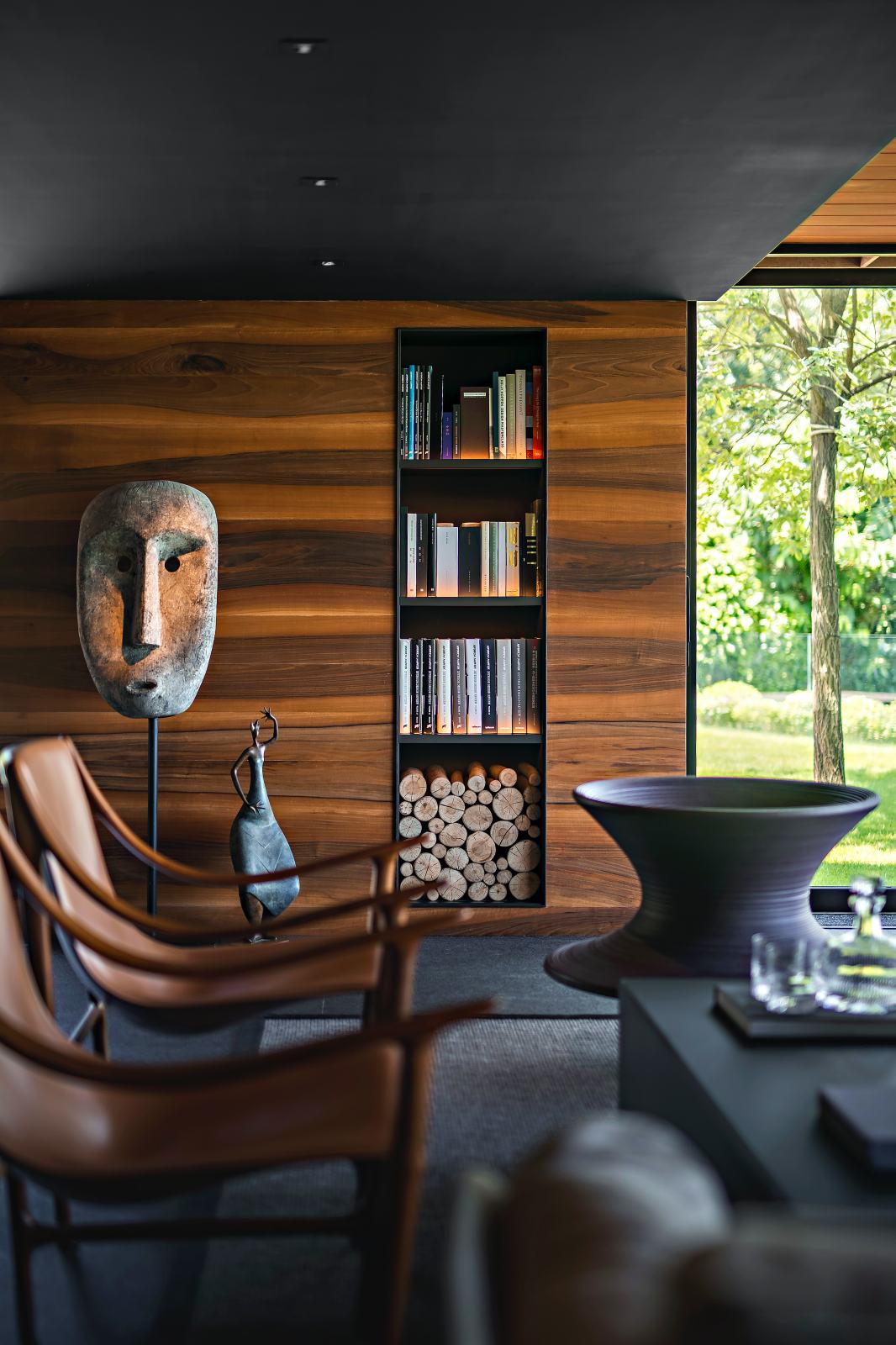
When you (used to) travel around the world's big cities, can you name a few of your favourite hotels you’ve stayed at from a design standpoint?
Bvlgari Hotel has always been one of my favourites. In 2007, I visited Bvlgari Resort in Bali for the first time: it was love at the first sight! I was stunned by the meticulous attention of each detail carried out by renowned Italian architects and interior designers Antonio Citterio and Patricia Viel. Bvlgari Hotel Shanghai is also a favourite, its guestrooms are arranged over the upper floors of a 48-storey tower the colour of rose gold, a hybrid of classic and contemporary Chinese and Italian design, like black lacquer cupboards and Tuscan Calacatta marble tabletops.
What about restaurants?
I am undeniably a foodie and one of my favourite restaurants is in my hometown Hong Kong: Ta-ke, the upscale Japanese restaurant that marks my debut collaboration with the Japanese architect Kengo Kuma, also representing Kuma’s first restaurant project in Hong Kong. Coming from the Japanese word for “bamboo”, Ta-ke employs bamboo as its distinctive feature to achieve my vision in connecting people with nature by bringing the outdoor within the built environment. Ta-ke is a celebration of the connection between space, people and nature: in hectic cities like Hong Kong, I am always pleased to bring my guests in this biophilic ambience.
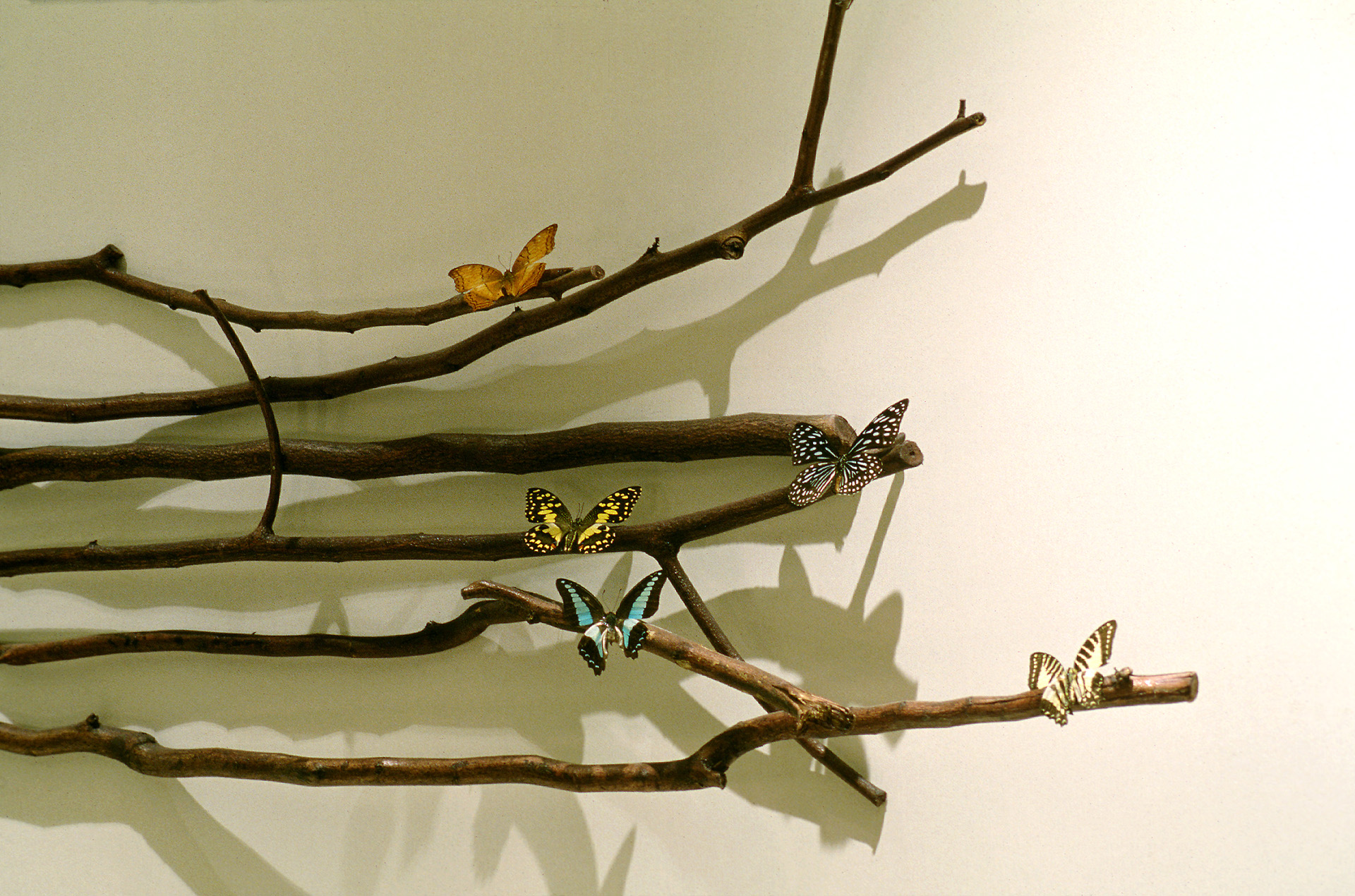
What of all your projects most represents your design philosophy and why?
When it comes to one of my most memorable experiences, my mind immediately goes to my first show flat designed for Symphony Bay (Hong Kong) in 1997. At that time, more than 90% of luxury show flats were designed in Western classical style. But I thought the sense of luxury could also be expressed in different ways: when designing Symphony Bay’s show flat, I decided to use a more contemporary touch, with a generous employment of natural elements. It was a ground breaking approach to the market at that time, but it was surprisingly appreciated, making me feel very happy to bring something new and original into Hong Kong’s competitive residential market.
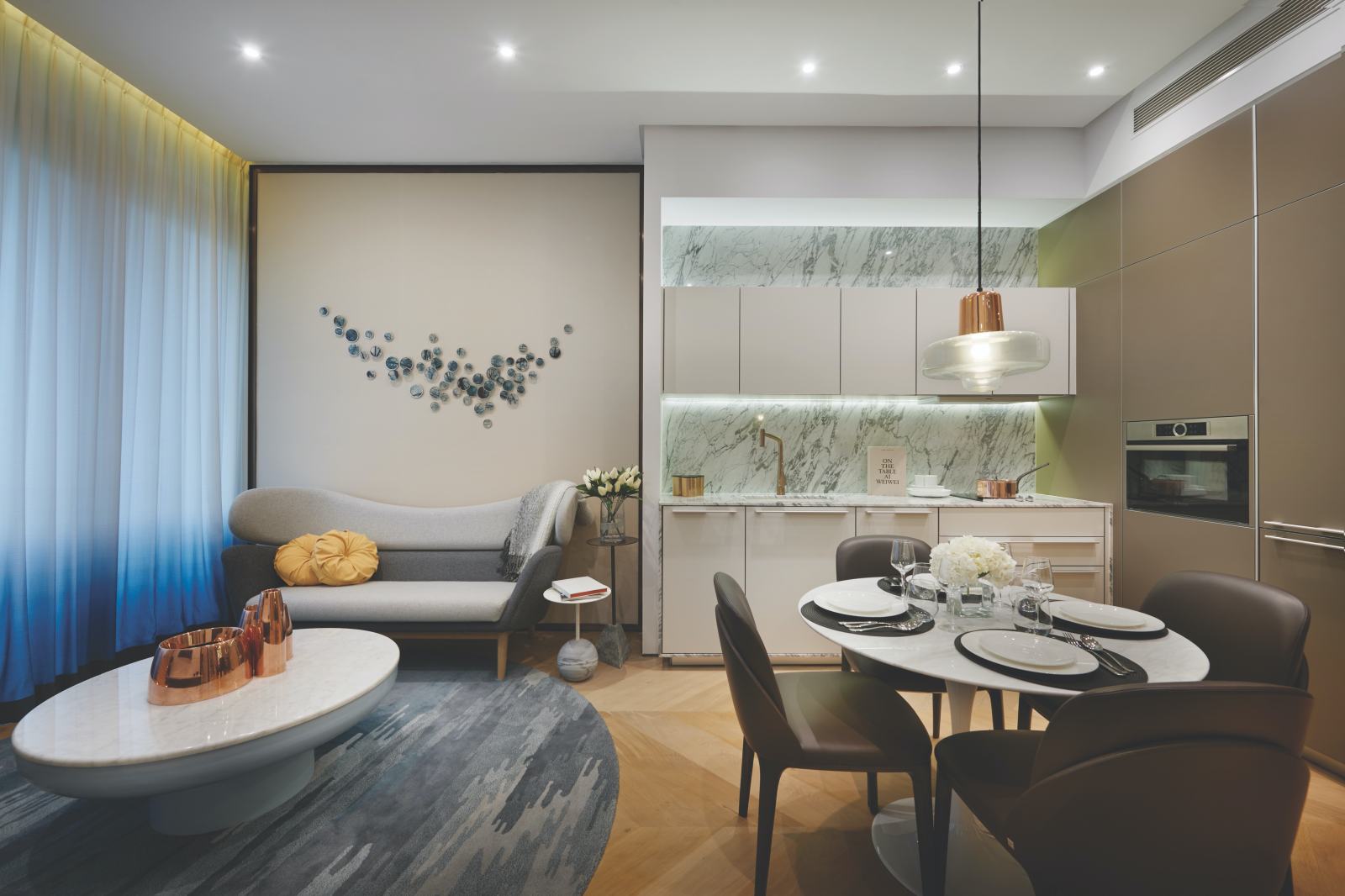
What was different about the most recent project, 8 Conlay?
Following the success of YOO Residences in Hong Kong back in 2013, 8 Conlay marked my second collaboration with YOO - the world’s leading residential and hotel design company, and SLD debut project in Malaysia, right in the heart of Kuala Lumpur. It was crucial for me to bring something new and unexpected in the local market, and I believe that this inspiring project is the true evidence of how exceptional residences can blend together the best of contemporary design, well-being and urban lifestyle which also integrate with the local culture.
Responding to the increasing desire of a pleasant respite from the hustle and bustle of the hectic city life, I adopted a unique design approach that integrates YOO’s striking visual elements with a SLD design DNA, introducing a touch of natural elements throughout the space to create an ideal abode of the utmost comfort and luxury. Like many other SLD projects, 8 Conlay’s roots its design inspiration from ancient Chinese philosophy of “harmony between human and nature”, enhanced by a subtle reference to the Five Elements of Metal, Wood, Fire, Water and Earth, with a special focus on the calming elements of Water and Wood. In this project, we also put a great emphasis on the flexibility of space’s usage: the open or semi-open kitchen creates a relaxing and interactive living and dining room area, while the internal connection between the bathroom and the master bedroom spares an area that is ideal for storage, maximizing every inch of the space. 8 Conlay’s design creates an energetic and harmonious living space, envisioning the local lifestyle’s desire in a cutting-edge metropolis like Kuala Lumpur.
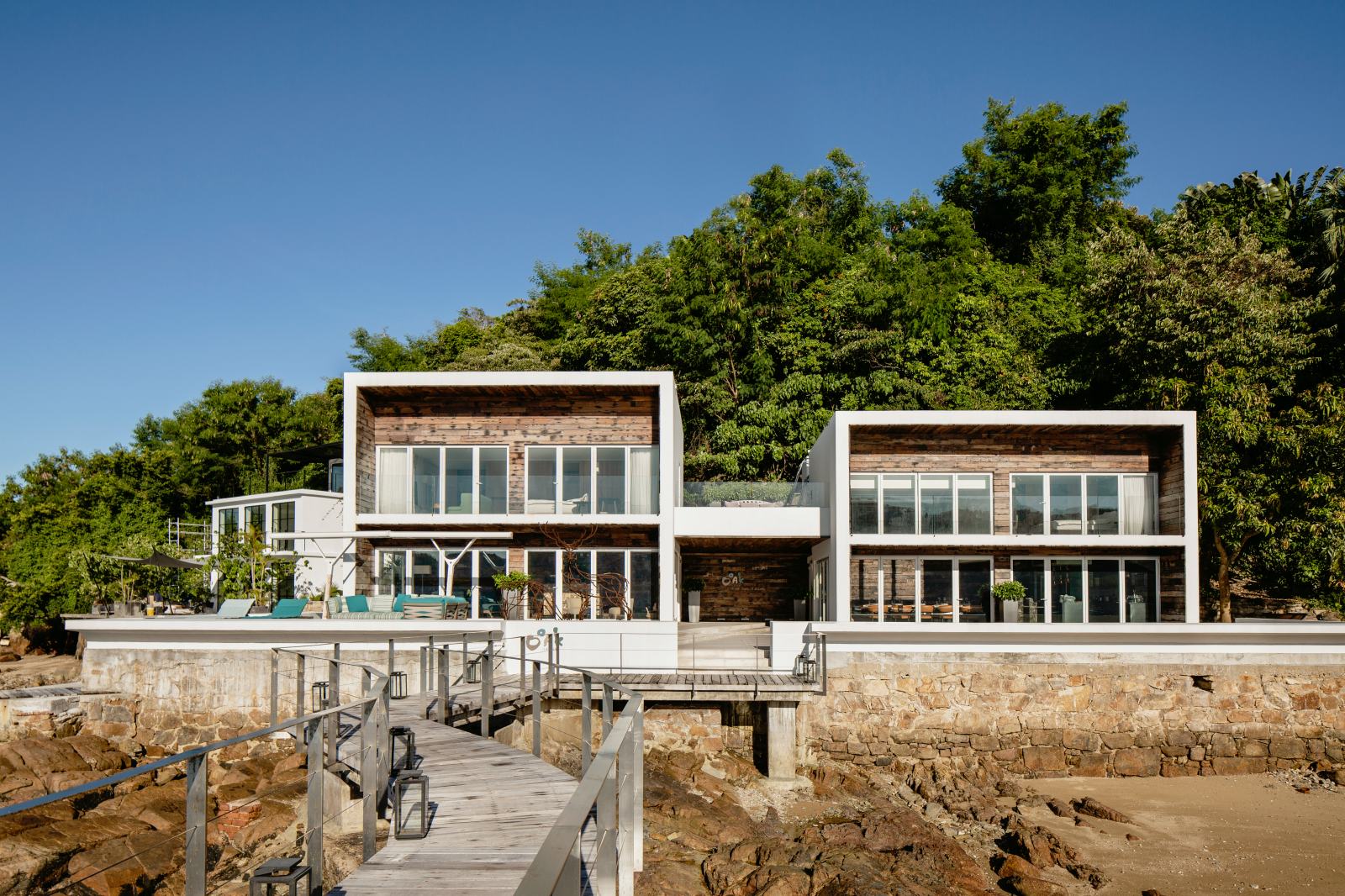
What are the major challenges for a designer today building in a city?
These unprecedented times are surely providing us with the extraordinary opportunity to re-think the mission of design and how we can actively tackle today’s issues. City living and urban commuting could be a great example on how design can have a positive impact on our daily life. With WFH policies are widely applied worldwide, design is already setting a new trend in creating dedicated work spaces within the privacy of our houses to replace traditional office environments. I can foresee even a higher degree of customization in our living space, unfolding new opportunities on how we conceive our usual working experience and habits.
What are UHNW property buyers looking for now that is different to the past?
Besides conceiving a property as a mere investment, I would say that there are at least two new key elements increasingly sought after by UNHW buyers.
First of all, the property’s design. Nowadays, factors like location and construction materials are not the only elements leading towards a property purchase: on the contrary, UHNW buyers are also looking for something exceptional and personalized elements to embody the lifestyle they envision. Take YOO branded residences as an example: they are not just properties, but they also represent the dream of a bold and exclusive lifestyle. If “starchitects” appear to be involved in the design process of a specific residential development, the property is immediately endorsed with the added value of being something unique and irreplaceable in the market. That’s the reason why branded residences are gaining popularity amongst UHNW buyers in global cities like New York, London, Hong Kong and Dubai.
Premiere service is also taken into serious consideration these days: deluxe leisure facilities are in steady demand, as quite a number of buyers would treat these properties as a holiday home, seeking for top-notch recreational amenities such as swimming pools, gyms, saunas, private cinema to be enjoyed in the utmost secluded privacy. The increased attention towards high-standard service also explains why branded residences like YOO are in surging demand: as they are often connected or even directly managed by renowned hospitality groups (such as Kempinski in 8 Conlay’s particular case), the buyer would immediately equate the property investment with an investment towards something that is timeless and extra-luxurious.
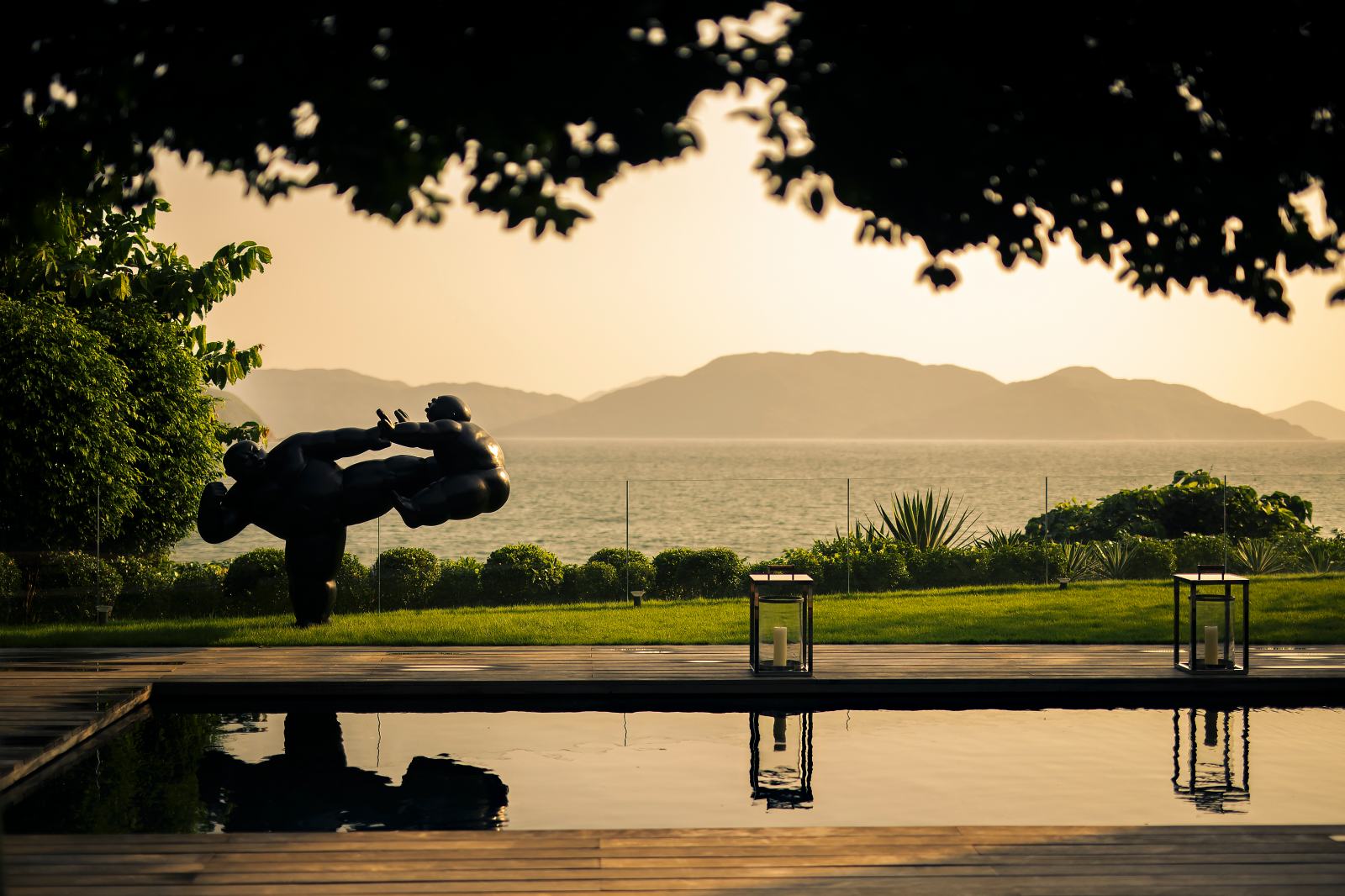
What, in your opinion, will be the most significant change in your industry over the next five years?
In the coming five years, I believe that the interior design industry will be even more dedicated to fully embrace the rising trend of eco-friendly lifestyles, encouraging holistic and sustainable practices. Design will play a more defined crucial role in tackling with environmental challenges, with green building standards like LEED and WELL increasingly considered and adopted in the near future.
Smart technologies will also become widespread, with IoT providing a higher degree of customization deeply connecting interior design and technology to allow the creation of more personalized and functional spaces.
Lastly, increased space flexibility will also set a new trend in the industry in the next few years. For instance, in the post-COVID19 era, houses will definitely rely on a space designed to be extra-flexible and multi-functional, blurring the lines of traditional dynamics between our homes and traditional workplaces.
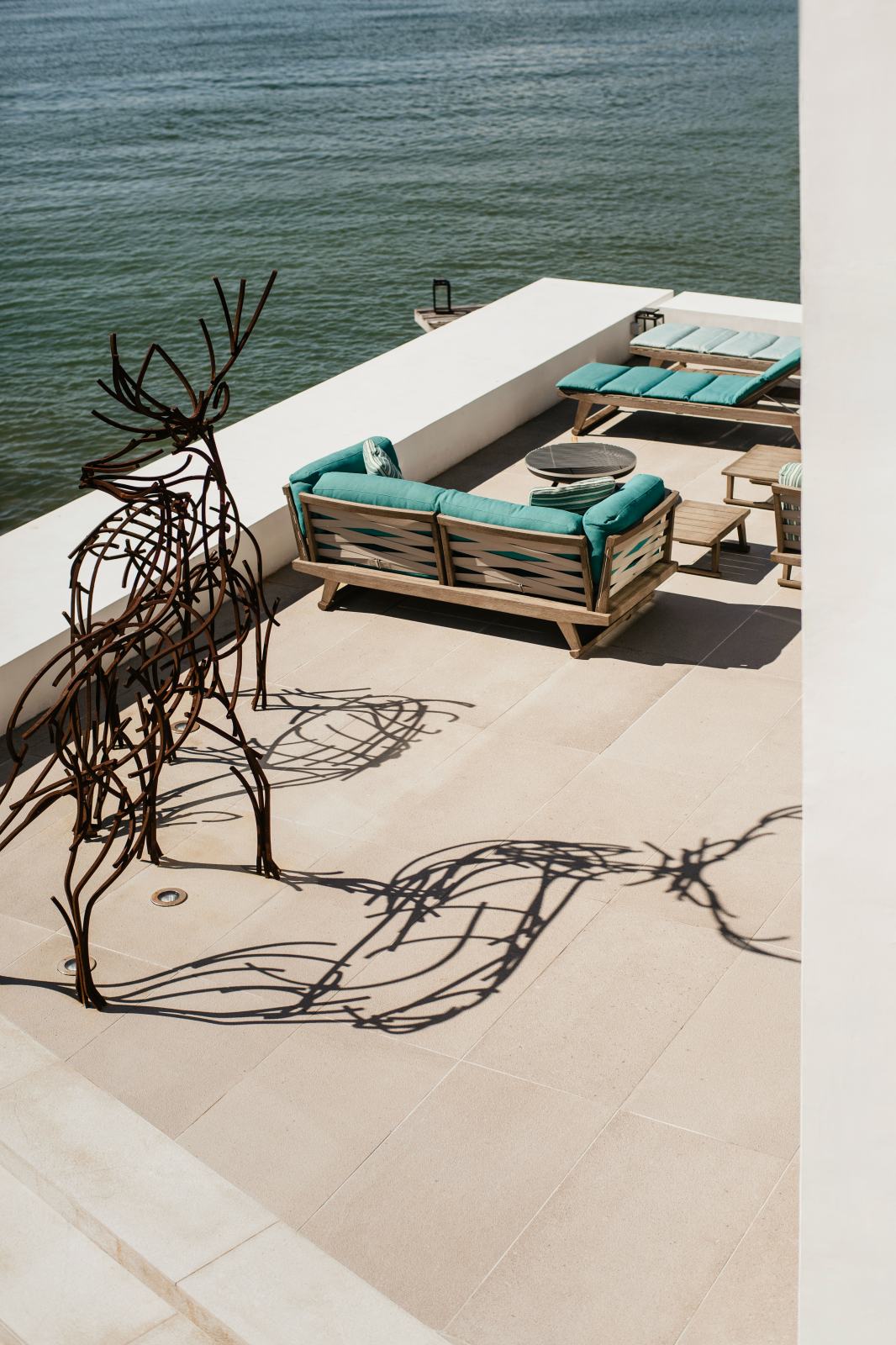
Now in your early sixties, do you plan to retire?
Turning 63 this year, I am gradually stepping down from full-time work at Steve Leung Designers, focusing more on giving back to society. My desire is to share my own experience, knowledge and, most importantly, passion with the design community. This is the reason why I served as the President of IFI – the International Federation of Interior Architects/ Designers from 2017 to 2020, joining international peers in raising the bar of the Interiors’ profession globally. On a regional level, back in 2014, me and other interior designers from Mainland China, Hong Kong and Taiwan established C Foundation, with the purpose to nurture young Chinese designers and further the development of design industry in Asia.

